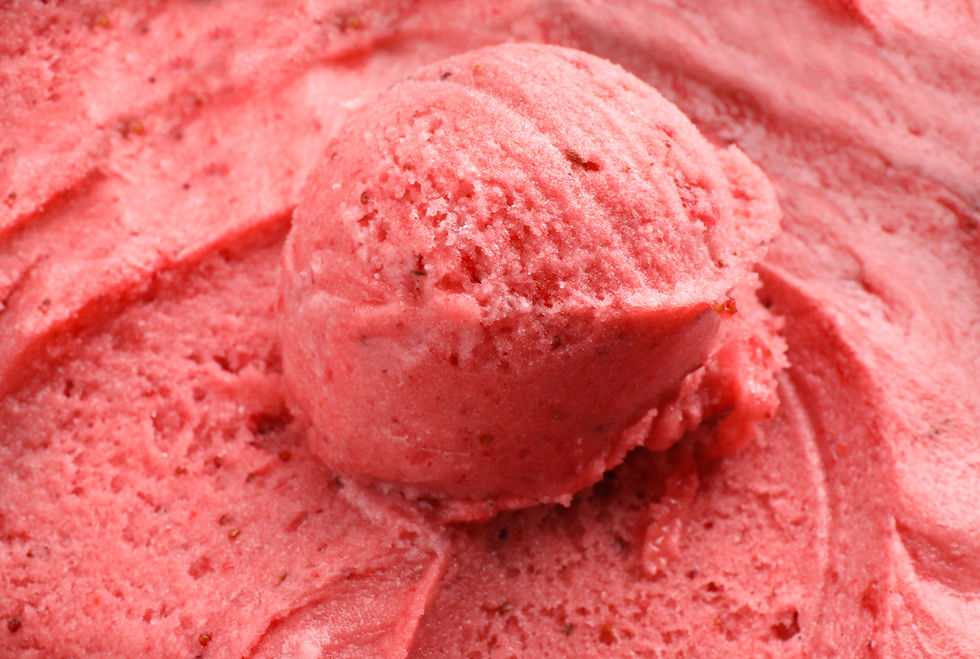URGENT: Changes in Food Labeling Requirements in Brazil

The National Health Surveillance Agency (ANVISA) released new labeling rules for industrialized food products distributed in Brazil, which aims to ensure greater transparency and clarity to consumers, facilitating the choice of healthier options.
Although the requirements demand changes in the dietary information table and the nutritional claims, what most called attention was the adoption of a frontal nutritional label, which was not previously foreseen.
As the name indicates, the frontal nutritional label will be positioned on the front of the packaging and must display to the consumer the high contents of specific dietary information:
"To this end, a magnifying glass design was developed to identify the high content of three components: added sugars, saturated fats, and sodium. The symbol should be applied on the front of the package, at the top, because it is an area easily captured by our eyes," stated ANVISA.
The image below (Image 1) illustrates the three categories with different templates that shall be used when the amount of one, two, or all three nutrients – added sugar, saturated fat, and sodium – is classified as “high”, according to the parameters indicated by the agency. The original version can be found in Annex I.

Source: ANVISA, 2022. Translated by Sidera Consult.
According to the new requirements, the nutritional information table must be in black and white to ease consumers’ understanding and avoid using contrasts that impair readability. Additionally, it is now mandatory to declare total and added sugars, as well as the energy value and nutrients per 100 g (grams) or 100 ml (milliliters), to simplify comparisons among different products. The table cannot be presented in covered areas, uneven parts of the package, or spaces that are hard to read. An example can be seen in the image below (Image 2).

Source: ANVISA, 2022.
The nutrition claims - usually used to point out positive merchandise characteristics - will also go through some changes. Foodstuffs that have "the magnifying glass" can no longer have nutrition claims on the front of the package or even statements that relate to high-content nutrients, avoiding contradictions.
The regulation was published in October 2020 and is already in force since October 9, 2022. For food products already in the market, the deadline for compliance is October 9, 2023. Family farmers or rural family entrepreneurs, solidarity economic enterprises, individual micro-entrepreneurs, small agribusinesses, artisan agribusinesses, and foods produced in an artisan manner will benefit from an extended 1-year period, i.e., until October 9, 2024, to comply.
ANVISA and other consumer protection agencies in Brazil are at the forefront of implementing innovative regulations to improve the overall quality of life. According to the Brazilian Ministry of Health, poor nutrition is one of the factors that most impact the population’s health, associated with cases of obesity and non-transmissible chronic diseases (NCD), such as cardiovascular disease, diabetes, and several types of cancer. Therefore, the new labeling rules target improving people's physical conditions, subsequently relieving the Brazilian public health services.
The adoption of similar labeling guidelines has already been implemented by several other jurisdictions worldwide and can be seen as a trend in South America. Despite their differences, they all serve the same purpose and focus on the high content of the same three elements: added sugars, saturated fats, and sodium.
If you have any questions about adapting your merchandise for the Brazilian market after this new directive, contact one of our market access advisors at ad@sideraconsult.com. Click here for more information regarding the new requirements and the templates to be used in Portuguese.
Annex I – Original template published by ANVISA.


Comments